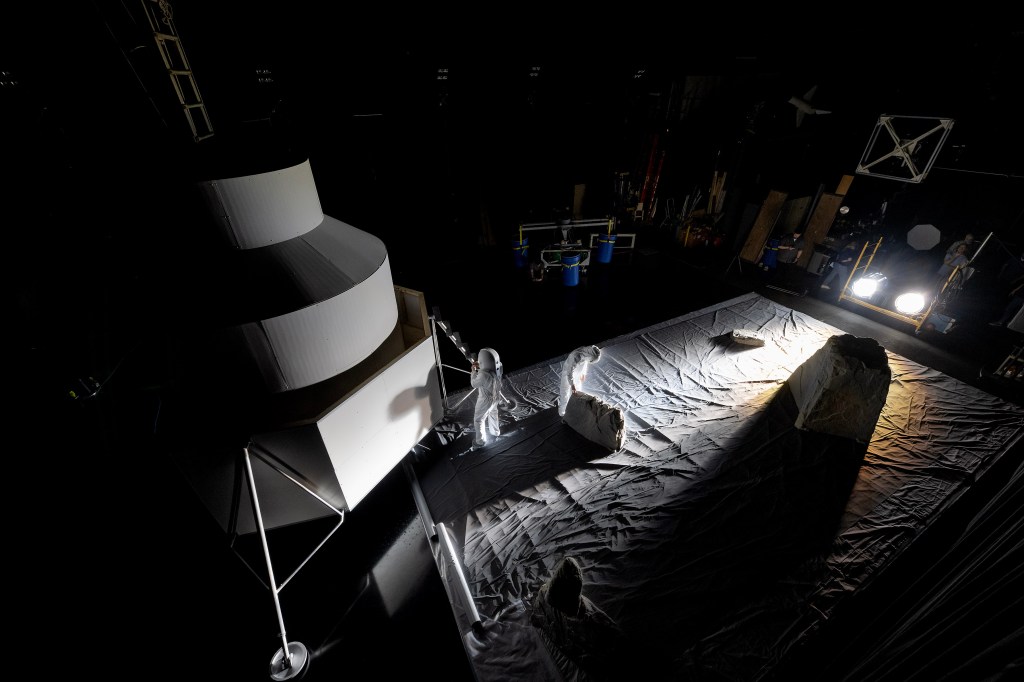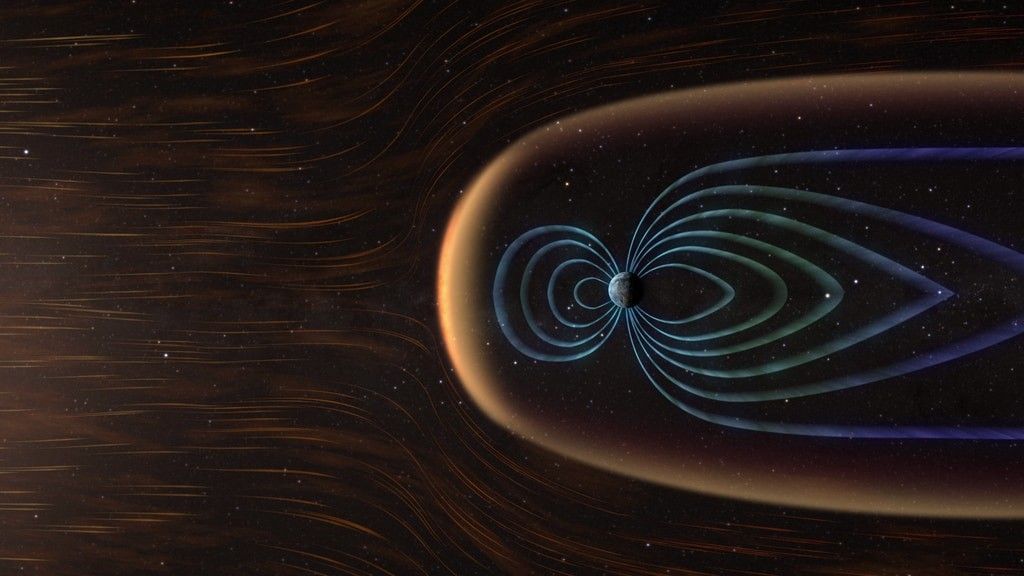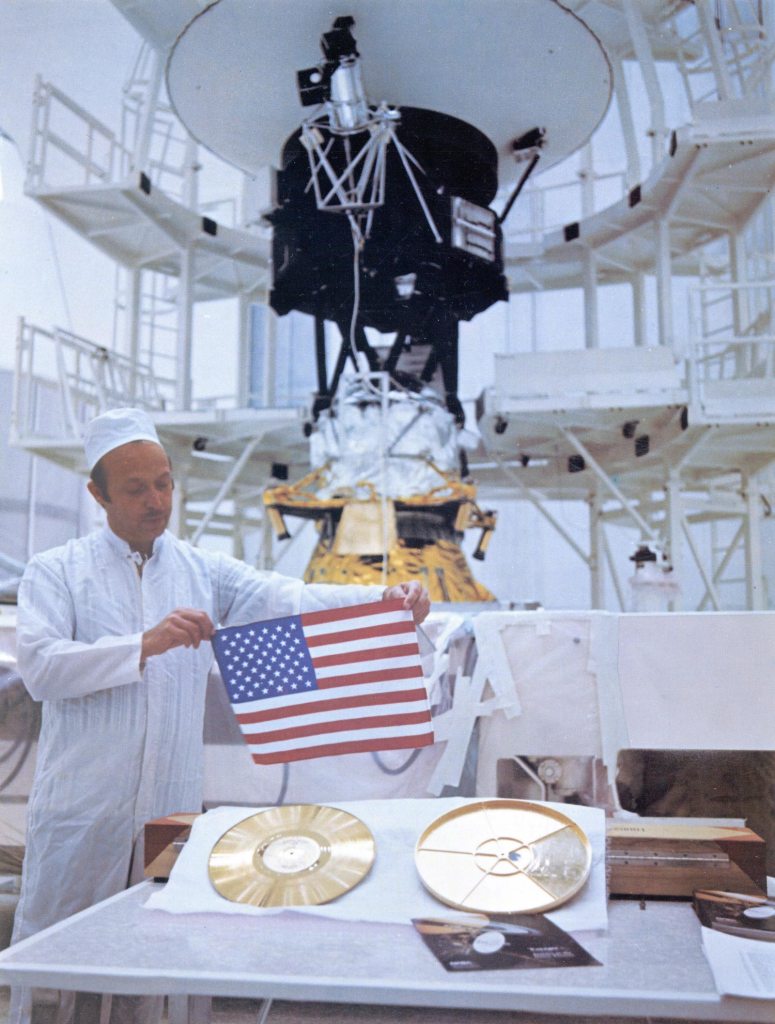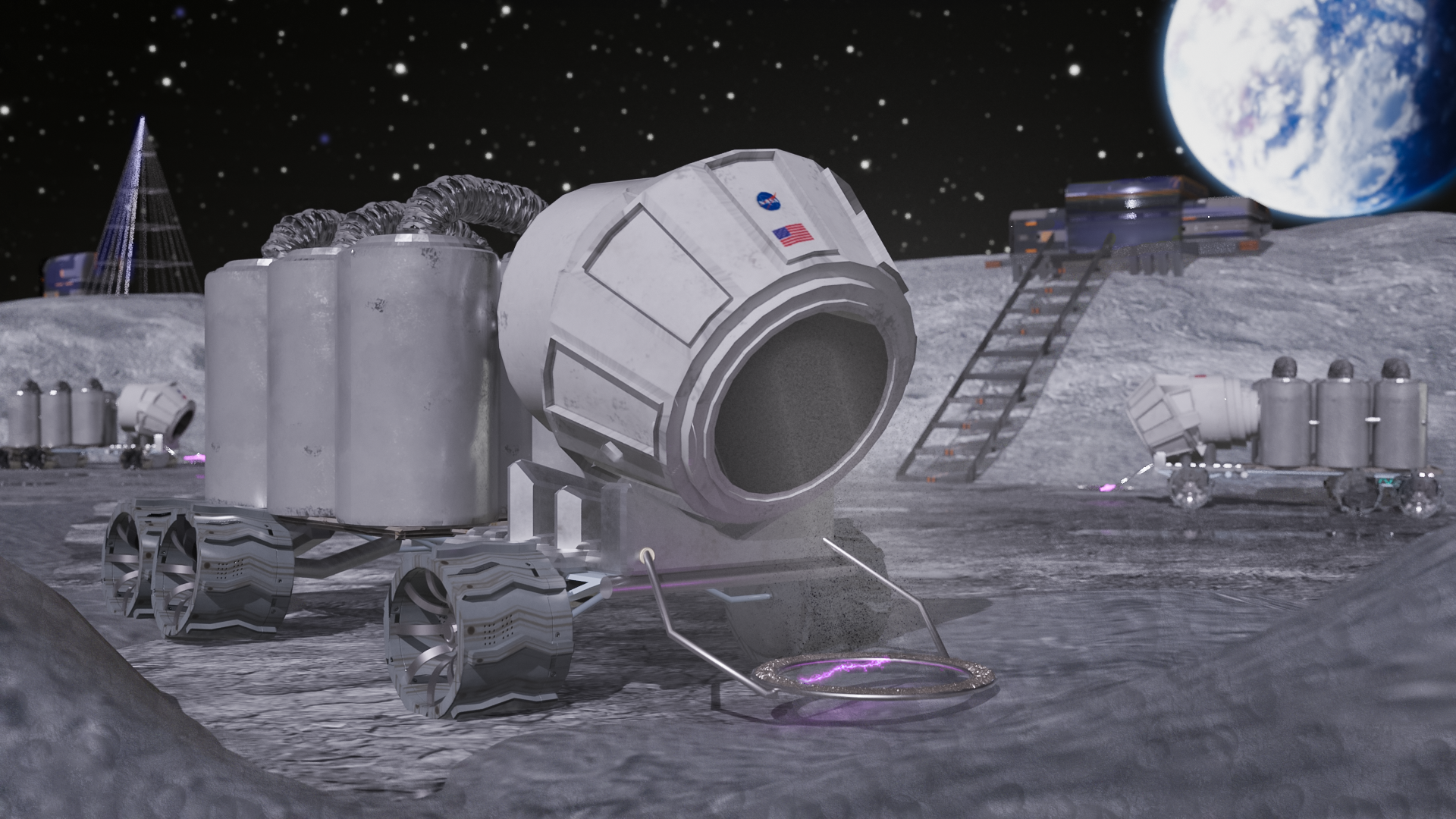Amelia Greig
University of Texas, El Paso
As space exploration expands to include human expeditions to the surfaces of other solar system bodies, sustainable in-situ resource utilization (ISRU) infrastructures to harvest local resources for water, building materials, and propellants must be developed. Water is the most critical component in the near-term and is therefore the focus of many studies. However, being able to mine other resources with the same system will become critical in the future. A good mining system should therefore encompass extraction and collection of water in parallel with as many other local materials as possible. Ablating surface material using electric arcs creates free ionized particles that can be sorted by mass into material groups and transported to a relevant collector by electromagnetic fields. Collectors specific to each material type are used in parallel to enable maximum collection efficiencies and storage conditions for retention. The ionizing ablation arc, electromagnetic transport and sorting, and collector modules are housed within a mobile surface crawler, potentially leading to diverse, efficient, and wide-coverage in-situ resource utilization for human space exploration. By using an arc to both ablate and ionize the regolith particles, the transport and collection of the volatiles is more controlled and efficient than the random walks of rarefied neutral particionles that are relied upon in thermal mining techniques. This increases the rate particles are collected, and reduces losses from condensation on non-intended surfaces. Using a magnetic field to separate volatiles means this technique can readily apply to any regolith constituent, including water and metal ions, in a single system architecture.
To prove feasibility of ablative lunar arc mining and to determine potential mining production rates and power requirements, further investigations are required. The overall goal of the Phase I NIAC is to propose a feasible ISRU architecture using ablative arc mining to support planned lunar exploration missions. This will be achieved through three specific objectives: 1) Define a combination ablative arc and electromagnetic transport system for the simultaneous extraction and collection of water, silicon, and nickel; 2) Design a mission architecture capable of producing 10,000 kg/yr of water to support planned lunar exploration programs; and 3) Evaluate the proposed mission architecture concept against others ISRU concepts under investigation, including resistive heating, microwave heating, and direct solar heating. The two main outcomes of the work will be 1) a mission architecture design at Mission Concept Review level, and 2) a mission level trade study of ISRU concepts using criteria evaluated within the framework of supporting a crewed lunar mission.
Development of ISRU mining architectures are a necessary component for enabling long-term human exploration missions to the Moon or Mars. An ablative arc mining system that extracts and captures multiple volatile constituents in a single system offers significant improvements over other systems that collect only one constituent at a time.
2021 Phase I, II, and III Selections




























